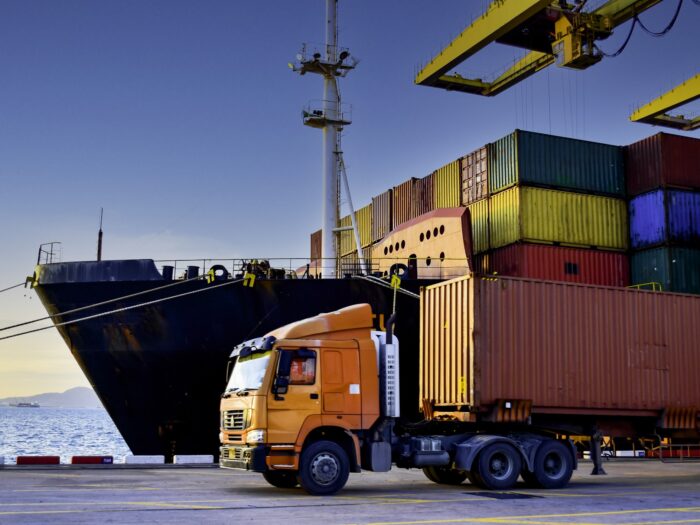Multinationals Turn to Captive Insurance as Trade Credit Market Tightens

Multinational companies are increasingly turning to captive insurance companies for trade credit protection as traditional insurers become more cautious in a challenging economic environment, according to a commentary by WTW
“The last couple of years have seen a remarkably benign claims environment for trade credit insurance globally. However, the outlook for the next year or two is pointing to a more difficult time for corporates, with insolvencies and payment delays expected to grow dramatically,” writes Vittorio Pozzo, director of captive advisory for Europe & Great Britain at WTW.
Corporate insolvencies and payment delays are expected to increase dramatically in the next 12-24 months, prompting trade credit underwriters to adopt a more cautious approach as losses begin to climb.
This market shift could trigger insurers to reduce trade credit capacity and implement stricter underwriting standards, creating potential coverage gaps for businesses, according to the report. In response, more organizations are exploring alternative risk transfer methods, with captive insurance emerging as a strategic solution.
Captives provide their owners with greater flexibility within trade credit programs. Companies can structure these arrangements either as direct insurers with reinsurance support as needed, or as reinsurers behind a fronting insurer. The specific arrangement depends on the organization’s needs, licensing requirements, domicile considerations, and loss history, according to WTW.
“We see an increased number of companies utilizing conventional whole turnover credit insurers to front on behalf of their captives,” notes Pozzo. These captives, typically single-parent or cell captives, provide a layer of reinsurance support that improves market capacity while reducing total risk costs.
Strategic Advantages of Captive Solutions for Trade Credit
Organizations implementing captive solutions for trade credit risks can realize multiple benefits, according to WTW:
- Cost efficiency: By insuring their own risks, companies avoid third-party premiums and retain underwriting profits. The structure also enables better accounting and reduction of total risk costs.
- Customization and risk diversification: Multinational operations with diverse risk profiles can tailor coverage to their specific requirements rather than accepting standardized commercial policies. Additionally, incorporating trade credit insurance diversifies the captive’s risk portfolio, which typically includes property and liability coverages.
- Improved risk management: Centralized assessment and claims handling processes create more efficient trade credit risk management while providing a platform to self-insure that satisfies both local and global requirements.
- Access to reinsurance markets: Companies gain direct access to reinsurance markets, enhancing their ability to manage large or catastrophic losses.
- Premium stability: Captives create mechanisms for subsidiaries to pay predictable premiums over time, reducing the volatility associated with loss events. This protects local balance sheets while providing greater control over receivables risk among subsidiaries and more equitable premium allocations.
Read the full commentary here. &










